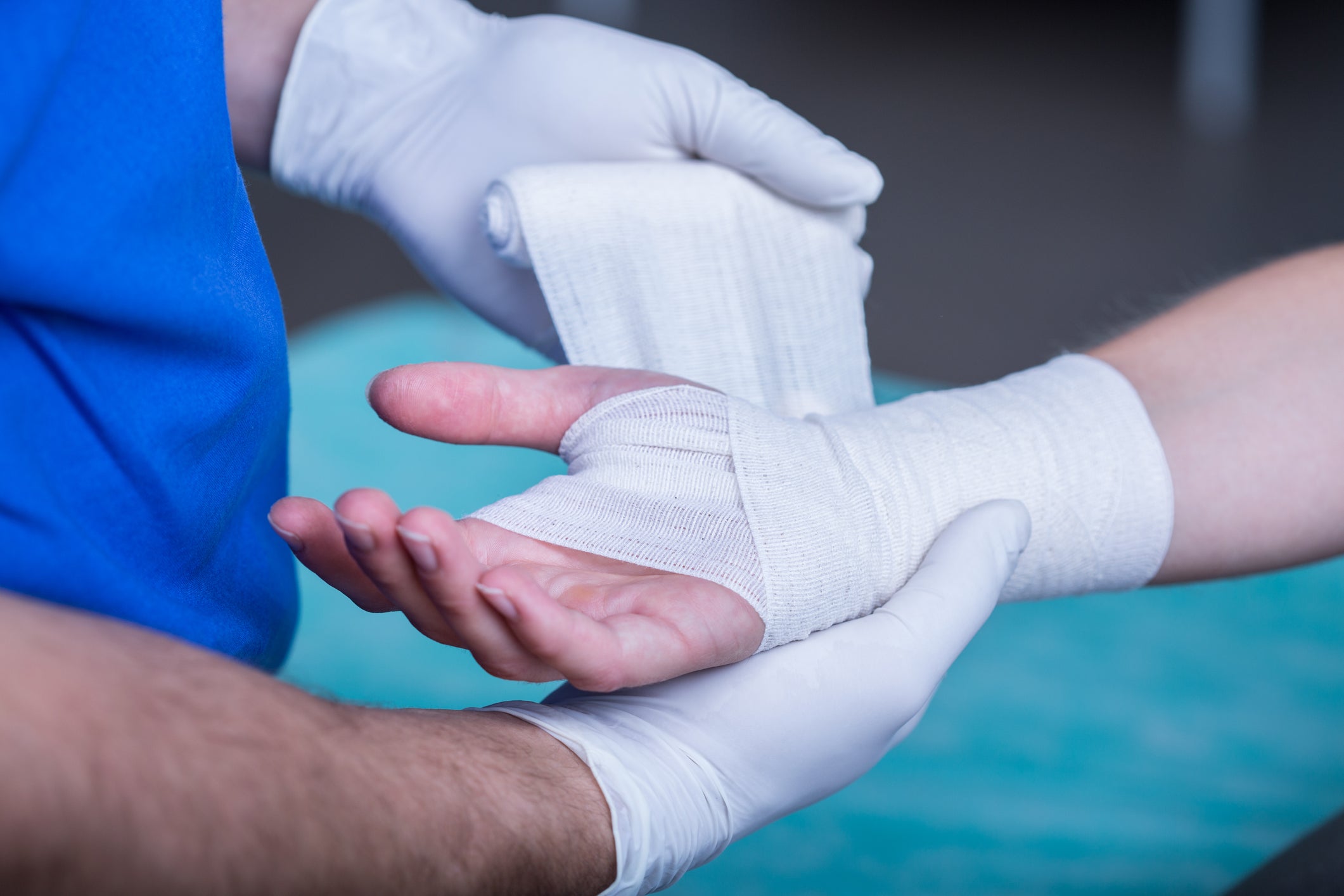1. Introduction
Effective wound care is crucial for promoting healing, preventing infection, and minimizing complications. Having the right supplies on hand is essential for providing prompt and proper treatment. In this article, we'll discuss the essential items necessary for wound care, from basic supplies to advanced products.
2. Importance of Wound Care
Proper wound care is vital for several reasons:
-
Preventing Infection: Prompt treatment and proper cleaning help reduce the risk of infection, which can lead to complications.
-
Promoting Healing: Adequate wound management supports the body's natural healing process, leading to faster recovery and less scarring.
-
Reducing Pain and Discomfort: Properly cared for wounds are less likely to cause pain and discomfort, improving the patient's overall quality of life.
3. Basic Wound Care Supplies
Basic wound care supplies include:
-
Sterile Gauze Pads: Used for cleaning and covering wounds, sterile gauze pads are essential for absorbing blood and exudate.
-
Adhesive Bandages: These are useful for covering minor cuts and scrapes and protecting them from further injury and contamination.
-
Antiseptic Solution: Antiseptic solutions such as hydrogen peroxide or povidone-iodine are essential for cleaning wounds and preventing infection.
-
Medical Tape: Used to secure dressings and bandages in place, medical tape should be hypoallergenic and gentle on the skin.
-
Scissors: Sharp, clean scissors are necessary for cutting dressings and bandages to size without causing further trauma to the wound.
4. Advanced Wound Care Supplies
For more complex wounds or those requiring specialized treatment, advanced wound care supplies may be necessary. These include:
-
Wound Cleansers: Gentle cleansers specifically formulated for wound care help remove debris and bacteria without damaging healthy tissue.
-
Hydrogel Dressings: Hydrogel dressings provide moisture to dry wounds and promote a moist wound environment conducive to healing.
-
Foam Dressings: Absorbent foam dressings are ideal for wounds with moderate to heavy exudate, providing cushioning and protection.
-
Alginate Dressings: Made from seaweed-derived fibers, alginate dressings are highly absorbent and suitable for heavily exudating wounds.
-
Transparent Films: Transparent film dressings provide a barrier against bacteria while allowing for easy monitoring of the wound without disturbing the dressing.
5. Dressings and Bandages
Various types of dressings and bandages serve different purposes in wound management:
-
Non-Adherent Dressings: Non-adherent dressings are gentle on the wound bed and prevent sticking, minimizing trauma during dressing changes.
-
Gauze Rolls: Gauze rolls are versatile and can be used to secure dressings, create pressure dressings, or provide padding around wounds.
-
Compression Bandages: Compression bandages help control swelling and promote circulation in wounds such as sprains or venous ulcers.
-
Self-Adherent Wrap: Self-adherent wraps provide compression and support without the need for additional tape, making them convenient for securing dressings and immobilizing injuries.
6. Cleaning and Disinfection
Cleaning and disinfecting wounds is essential for preventing infection and promoting healing. Supplies for this purpose include:
-
Saline Solution: Saline solution is gentle on wounds and can be used for irrigation to remove debris and bacteria.
-
Antiseptic Wipes: Antiseptic wipes are convenient for cleaning minor wounds and disinfecting the surrounding skin before dressing application.
-
Antibacterial Ointment: Antibacterial ointments help prevent infection and promote healing by creating a protective barrier over the wound.
7. Pain Management
Managing pain associated with wounds is crucial for patient comfort and compliance. Pain management options include:
-
Topical Analgesics: Topical analgesic creams or sprays provide localized pain relief without the need for oral medication.
-
Oral Analgesics: Over-the-counter pain relievers such as acetaminophen or ibuprofen can help alleviate moderate to severe pain associated with wounds.
8. Wound Healing Aids
Supplementary products can aid in wound healing and promote optimal recovery. These include:
-
Hypoallergenic Tape: Hypoallergenic tape reduces the risk of skin irritation and allergic reactions, making it suitable for sensitive skin.
-
Moisturizing Cream: Moisturizing cream helps keep the skin around the wound hydrated and supple, preventing dryness and cracking.
-
Silicone Scar Sheets: Silicone scar sheets help minimize scarring by providing gentle pressure and hydration to the healing wound.
9. Specialty Items
For specific wound types or conditions, specialty items may be necessary:
-
Adhesive Remover: Adhesive remover is essential for painlessly removing adhesive dressings without causing skin trauma.
-
Silver Dressings: Silver dressings have antimicrobial properties and are effective for preventing infection in wounds with a high risk of bacterial contamination.
-
Negative Pressure Wound Therapy (NPWT): NPWT devices apply negative pressure to the wound bed, promoting healing and reducing the risk of infection in complex wounds.
10. First Aid Kits
Including wound care items in first aid kits is essential for prompt treatment of injuries. First aid kits should contain basic wound care supplies such as sterile gauze pads, adhesive bandages, antiseptic solution, and medical tape.
11. Common FAQs
Q1: Can I use hydrogen peroxide to clean wounds?
While hydrogen peroxide is effective for cleaning wounds, it can also damage healthy tissue and delay healing. Saline solution or mild soap and water are gentler options for wound irrigation.
Q2: How often should I change wound dressings?
The frequency of dressing changes depends on factors such as the type and severity of the wound, the amount of exudate, and the presence of infection. Follow healthcare provider recommendations for dressing change frequency.

